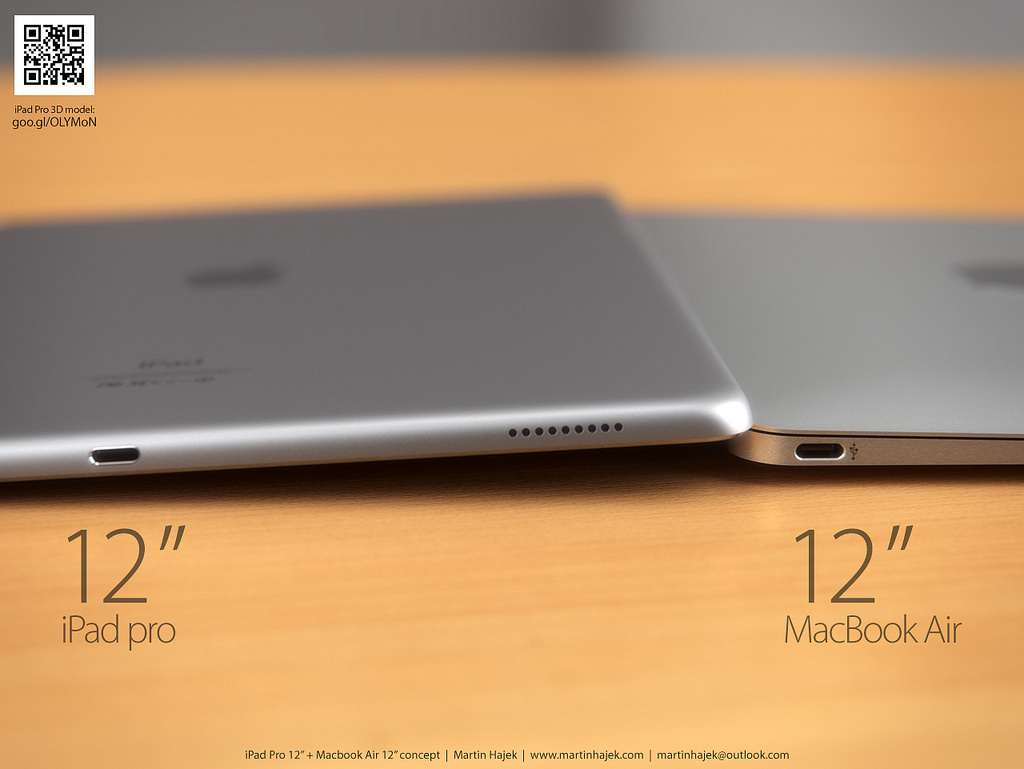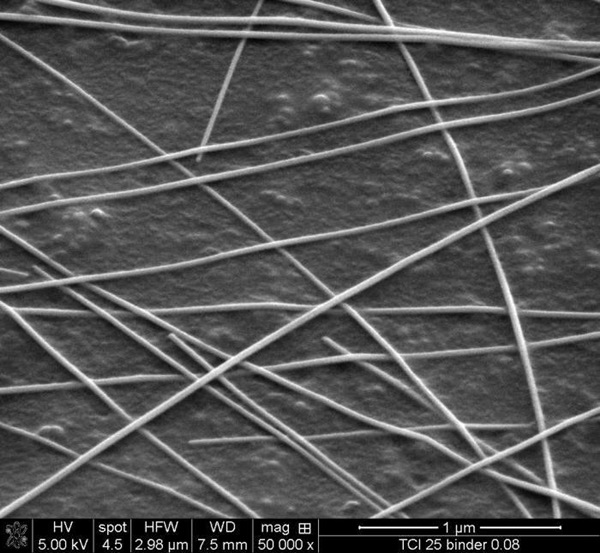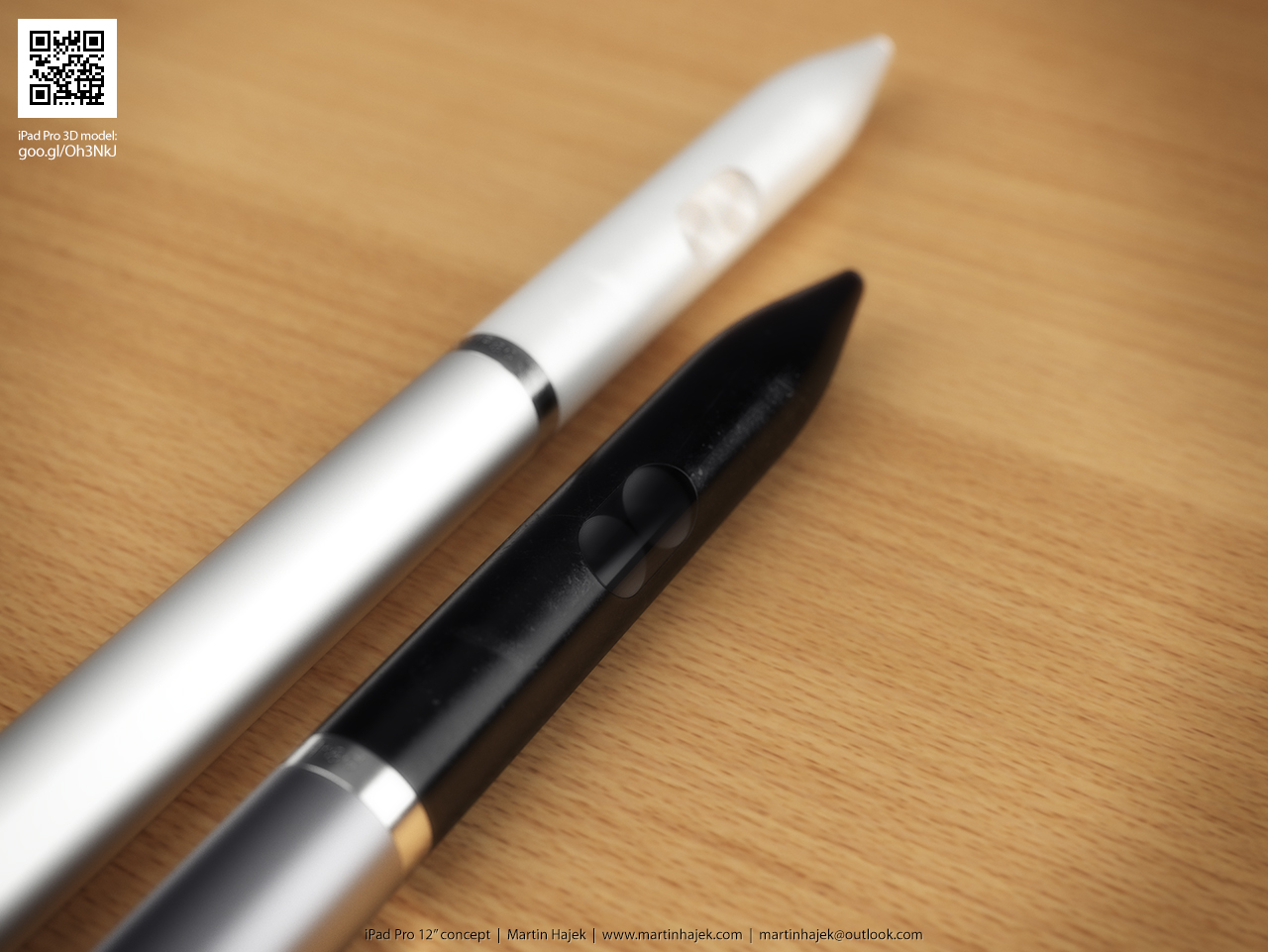Apple’s rumored 12.9-inch iPad, informally dubbed the ‘iPad Pro,’ should use a new screen technology which should deliver a more responsive, more sensitive touch performance while being cheaper to mass-produce, according to a report Monday by ETNews.
Apparently, the company is planning to replace ITO-based clear film used on current iPads with a new silver nanowire (AgNW) panel. The report pegs a nanowire-based iPad Pro for 2016 instead of late 2015.
This exceptionally clear material should improve sense of touch, enable force sensing and decrease cost as it doesn’t require rare materials such as indium and the screens could be assembled by removing one post-cell process.
Earlier this month, the Cupertino firm requested samples of nanowire-based panels from mobile screen suppliers such as LG Display, Samsung Display, Japan Display and others, the report notes.
So, what exactly is this nanowire and how is it supposed to improve your experience? In a nutshell, nanowire is a next-generation touch sensor technology that has yet to be fully commercialized.
It basically replaces indium tin oxide (ITO) used for traditional flat panels with a mesh of silver wires approximately one nanometer in diameter, which have better conductive properties and therefore enable improved touchscreen sensing. In addition, nanowires allow for multiple pressure levels when drawing with your finger.
“It will be very easy for a resistive touch method that can change the thickness of a line depending on pressure from a fingertip, which can enable a person to draw a picture more delicate,” notes ETNews.
As such, nanowire-based screen should work great with Apple’s Force Touch technology, said to transition to the next iPhone and iPad.
Originally developed by 3M, silver nanowire films are flexible and transparent to the eye, making them feasible for wearable devices such as the Apple Watch.
Pictured below: silver nanowire coated onto a PET film.
As an extra bonus, switching to nanowire touch films should theoretically let Apple apply sapphire screen protection but without adding extra sensors for accurately determining touch location.
Apple owns a patent for a “Touch Screen Display with Transparent Electrical Shielding Layer” which outlines using “microscopic metal meshes, such as silver nano-wires (AGNW)” as a conducting layer.
If utilized, the invention would help reduce light reflectivity of an iPad and delivere better power efficiency because less power would be required for the backlight due to higher transmittance.
“The display may also be thinner than the conventional display, due to replacement of the conventional thick ITO with a transparent AGNW mesh,” reads the patent.
Back in February 2014, a report alleged that Apple was looking into nanowire flexible components from TPK for its then-rumored Apple Watch. Interestingly enough, TPK in early-2014 signed a deal with Japan-based Nissha Printing to mass produce nanowire layers.
The iPad Pro is expected to include an Apple-designed Bluetooth stylus accessory and a speedier A9 chip while deliver support for Force Touch pressure-based input and add a USB-C connector, among other rumored hardware improvements.
iPad Pro and Apple stylus mockups via 3D artist Martin Hajek.
Source: ETNews via G for Games


